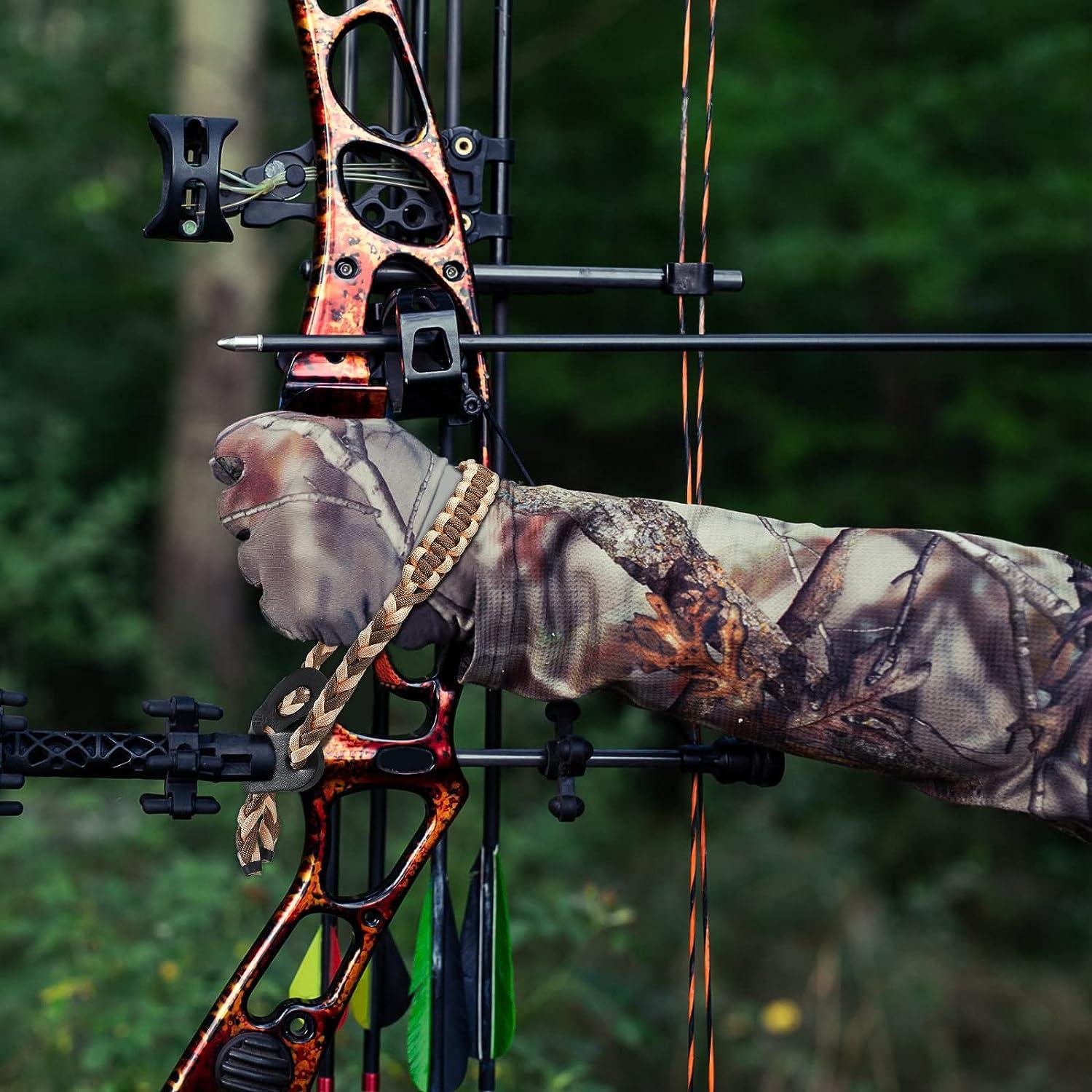Ultimate Stability: How Compound Bow Stabilizers Enhance Your Shot
Ultimate Stability: How Compound Bow Stabilizers Enhance Your Shot
Blog Article
Optimizing Your Archery Efficiency With the Right Substance Bow Stabilizer: a Thorough Review
In the realm of consistency, precision and archery are paramount to accomplishing ideal performance. One often-overlooked yet important element in enhancing accuracy is the compound bow stabilizer. This humble tool plays a substantial role in steadying your purpose, lowering bow torque, and soaking up vibrations. The performance of a stabilizer hinges on various variables, including positioning, weight, and style. By comprehending the subtleties of picking and optimizing a substance bow stabilizer, archers can tweak their equipment to elevate their capturing experience to brand-new levels of proficiency and control.
Value of Bow Stabilizers in Archery

Furthermore, bow stabilizers help in balancing the weight circulation of the bow, which can improve the archer's stability while firing and intending. By including weight to the front of the bow, stabilizers can minimize the amount of torque experienced upon release, causing a smoother and more controlled shot - compound bow stabilizer. This weight circulation likewise aids in holding the bow consistent for a longer duration, allowing the archer to aim a lot more properly
Types of Compound Bow Stabilizers
When thinking about the numerous types of compound bow stabilizers readily available, it is necessary to understand their unique functions and features to establish the most ideal alternative for making best use of archery performance. One of the most usual kinds of compound bow stabilizers include sidebar stabilizers, front stabilizers, and back stabilizers. Sidebar stabilizers connect to the sides of the riser and aid in balancing the bow throughout the intending procedure. Front stabilizers, additionally referred to as lengthy poles, are connected to the front of the riser and help in soaking up and minimizing any resonances triggered by the launch of the arrowhead, thus enhancing precision. Back stabilizers, additionally called back stabilizers, are installed to the back of the bow and help in reversing the weight of other accessories, leading to enhanced security and stable aiming. Furthermore, some stabilizers include flexible weights that enable archers to adjust the balance and feel of their bows according to their preferences, making them versatile options for archery enthusiasts of all degrees.
Aspects to Take Into Consideration When Selecting
In examining compound bow stabilizers, understanding the distinctive features and features of each kind is important for making a notified decision on one of the most suitable choice to enhance archery performance. When picking a stabilizer, one should take into consideration the weight of the stabilizer itself. While a much heavier stabilizer can give more stability by minimizing the bow's movement, it may additionally cause exhaustion during lengthy shooting sessions. Equilibrium is another important aspect to ponder. The stabilizer's length and layout significantly affect the bow's equilibrium, affecting the shooter's capability to hold stable goal. In addition, the material of the stabilizer can influence its efficiency. Carbon fiber stabilizers are light-weight and soak up vibrations well, enhancing precision. The number and adjustability of dampeners on the stabilizer can fine-tune its performance by lowering sound and shock upon release. By meticulously examining these factors, archers can pick a substance bow stabilizer that straightens with their shooting design and optimizes their total performance on the archery variety.
Setup and Change Tips
For ideal efficiency and precision in archery, understanding the setup and change of your bow stabilizer is crucial. Appropriate installment begins with affixing the stabilizer to the bow's riser, guaranteeing it is securely safeguarded.
When readjusting the stabilizer, start with tiny step-by-step changes rather than drastic changes. Pay attention to exactly how the bow responds to visit the website adjustments in stabilizer settings and make modifications accordingly. Routinely examine the stabilizer's rigidity and total condition to ensure it continues to function optimally.
Maintenance and Treatment Standards

It is additionally necessary to save your bow with the stabilizer in a secure and risk-free place when not in usage. Following these upkeep and care standards will aid you get the most out of your bow stabilizer and improve your overall archery efficiency.
Conclusion
Finally, choosing the appropriate compound bow stabilizer is crucial for taking full advantage of archery performance. Comprehending the importance, kinds, aspects to think about, installment and adjustment pointers, as well as upkeep and care standards can considerably impact one's accuracy and uniformity in shooting. By selecting a stabilizer that fits individual requirements and choices, archers can enhance their general performance and attain much better outcomes on the range or in competition.
Bow stabilizers play a crucial duty in boosting an archer's accuracy and consistency by lowering vibrations and supporting the bow throughout the launch of an Extra resources arrowhead - compound bow stabilizer.Additionally, bow stabilizers help in stabilizing the weight circulation of the bow, which can enhance the archer's security while intending and firing. The most typical kinds of substance bow stabilizers consist of sidebar stabilizers, front stabilizers, and back stabilizers. Back stabilizers, also called rear stabilizers, are mounted to the back of the bow and help in counteracting the weight of other accessories, resulting in improved stability and consistent aiming. When selecting a stabilizer, one should think about the weight of the stabilizer itself
Report this page